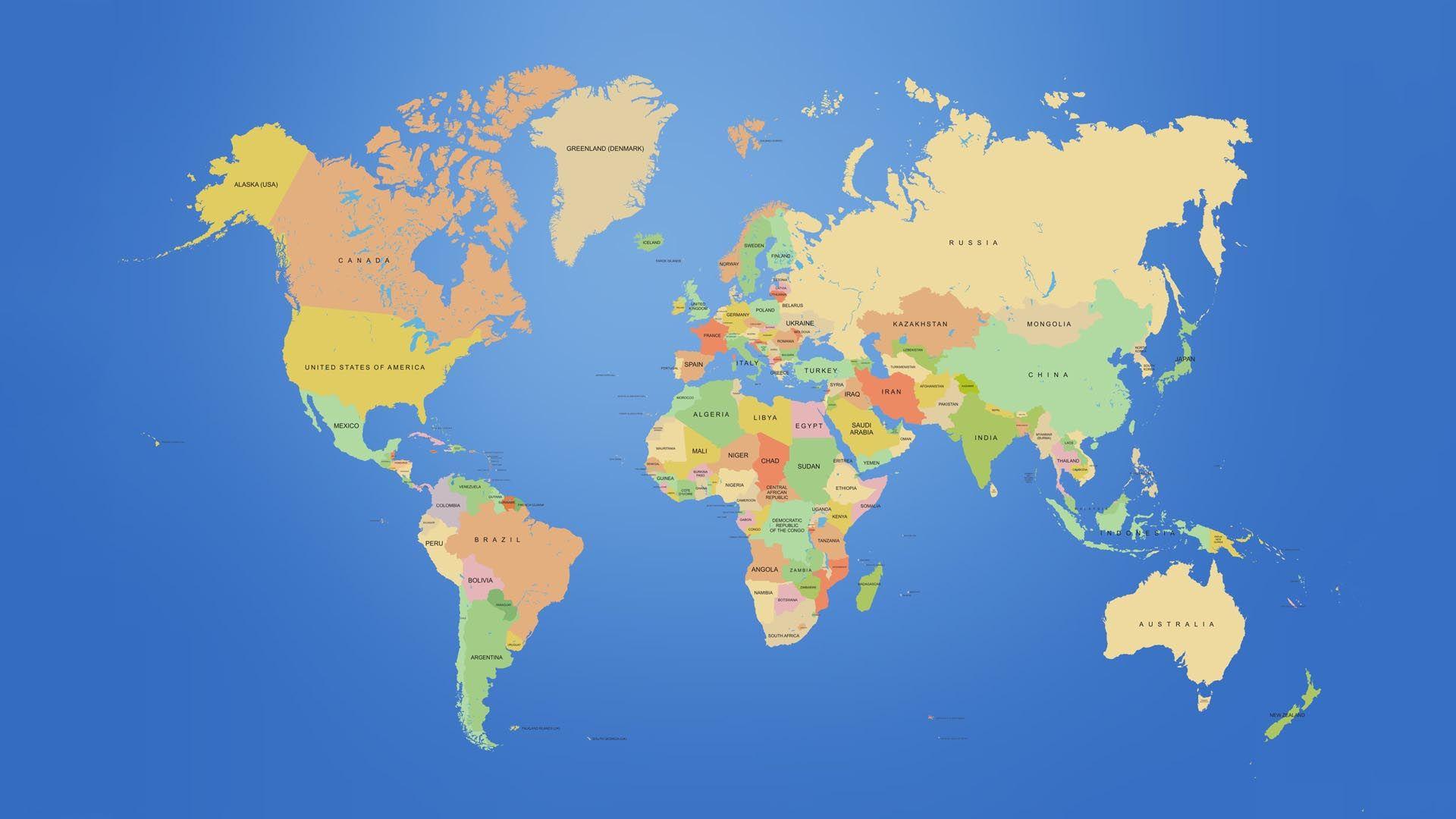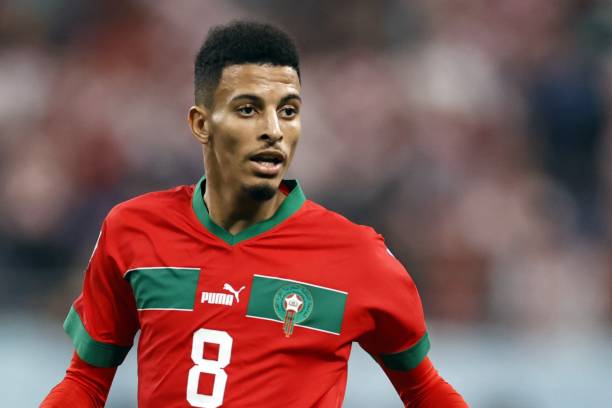
The Ultimate Gauntlet: Navigating the Brutal Beauty of CONMEBOL World Cup Qualifiers
The road to the FIFA World Cup is fraught with peril for every nation, but perhaps nowhere is the journey as relentlessly demanding, as emotionally charged, and as utterly captivating as in South America. The CONMEBOL World Cup Qualifiers are not merely a series of football matches; they are a 10-team, 18-match marathon, a psychological and physical crucible that tests the very limits of players, coaches, and fanatical supporters alike. Often hailed as the "toughest qualification campaign in the world," the CONMEBOL format is a unique beast, producing unparalleled drama and showcasing some of the planet’s most sublime footballing talent.
A Format Forged in Fire: The Double Round-Robin
At its core, the CONMEBOL qualification system is disarmingly simple: all ten member nations play each other twice, once at home and once away, in a single league format. This results in 18 grueling matchdays spread over two to three years, punctuated by international breaks. For the 2026 World Cup cycle, with the expansion of the tournament, CONMEBOL has been allocated six direct qualification spots, with a seventh team entering an inter-confederation playoff. While this offers a slight easing of pressure compared to the traditional 4.5 slots, the intensity remains undiminished.
This double round-robin format ensures that every team faces every challenge. There are no easy groups, no weaker conferences to navigate. Each point earned is hard-fought, and every defeat is keenly felt. The sheer number of games means that consistency is paramount, and a single slip-up can have profound consequences on the final standings, where goal difference can often be the deciding factor between qualification and despair.
The Unparalleled Challenges: Beyond the Pitch
What truly sets the CONMEBOL qualifiers apart are the extraordinary conditions teams must contend with. It’s not just about facing Lionel Messi or Vinicius Jr.; it’s about battling an entire continent.
1. Geographical Extremes: South America presents a dizzying array of climates and altitudes. Teams might play in the sweltering humidity of Barranquilla, Colombia, one week, then ascend to the thin air of La Paz, Bolivia, at over 3,600 meters above sea level, the next. The dry heat of Santiago, the biting cold of Montevideo in winter, or the sprawling urban chaos of Buenos Aires – each venue offers a unique environmental challenge that can severely impact player performance and tactical approaches. Adapting to these rapid changes is a skill in itself, often requiring extensive acclimatization periods.
2. Grueling Travel: The vast distances between capital cities mean that international breaks are often dominated by punishing travel schedules. Players, many of whom fly in from Europe’s top leagues, endure long-haul flights, jet lag, and further domestic travel within South America. This constant movement, coupled with intense training and match demands, contributes significantly to player fatigue and susceptibility to injuries.
3. Fanatical Home Support: Home advantage in South America is not just a statistical anomaly; it’s a palpable force. Stadiums across the continent are transformed into cauldrons of noise, color, and raw emotion. From the "Bombonera" in Buenos Aires to the "Centenario" in Montevideo, the roar of the crowd can be deafening, intimidating visiting teams and spurring on the home side to superhuman efforts. This fervent support often transcends mere cheering, sometimes bordering on outright hostility towards opponents, adding another layer of psychological pressure.
4. Intense Rivalries and Tactical Diversity: Every match, regardless of the teams involved, carries significant weight due to long-standing rivalries and national pride. The tactical approaches also vary wildly. Some teams, like Argentina and Brazil, emphasize technical brilliance and attacking flair. Others, like Uruguay, rely on a gritty, combative style ("Garra Charrúa"). Still others, like Paraguay, prioritize defensive solidity and counter-attacking. Navigating this diverse tactical landscape requires immense versatility from coaches and players.
The Powerhouses: Brazil and Argentina
At the pinnacle of CONMEBOL football stand Brazil and Argentina, two of the sport’s most successful nations. Their qualifying campaigns, while often dominant, are rarely without their moments of tension.
Brazil: The Seleção, with their unparalleled World Cup legacy, consistently boast a roster brimming with individual brilliance. Their qualification journey is usually characterized by periods of fluid, attacking football, though they too can stumble in difficult away venues. The pressure on Brazil is immense; anything less than direct qualification is considered a national crisis. Their deep pool of talent, especially in attacking positions, allows them to absorb injuries and maintain a high level throughout the long campaign.
Argentina: Reigning World Champions, Argentina, led by the incomparable Lionel Messi, have transformed from a team often reliant solely on individual genius to a cohesive, resilient unit under Lionel Scaloni. Their recent qualification campaigns have seen them overcome periods of uncertainty to secure comfortable spots. The weight of expectation on Messi and his teammates is immeasurable, making every qualifier a high-stakes affair. Their ability to grind out results, even when not at their dazzling best, has become a hallmark of their success.
The Superclásico between Brazil and Argentina during the qualifiers is arguably the most anticipated fixture in world football, a spectacle of skill, passion, and intense rivalry that often transcends the sport itself.
The Contenders: Uruguay, Colombia, Ecuador, and More
Beyond the two giants, a fierce battle unfolds for the remaining qualification spots.
Uruguay: The Celeste, despite being a smaller nation, consistently punches above its weight. Known for their "Garra Charrúa" – a unique blend of grit, resilience, and tactical discipline – Uruguay combines experienced veterans like Luis Suárez and Edinson Cavani (in previous cycles) with an exciting new generation featuring Federico Valverde, Ronald Araújo, and Darwin Núñez. Under Marcelo Bielsa, they’ve added an attacking verve to their traditional tenacity, making them formidable opponents.
Colombia: Often boasting a wealth of technical talent, Colombia’s qualification campaigns are typically a rollercoaster. When their creative players like James Rodríguez, Luis Díaz, and Juan Cuadrado are in form and fit, they can dismantle any opponent. Consistency, however, has sometimes been an issue, leading to nail-biting finishes. Their home advantage in Barranquilla, with its stifling humidity, is a crucial factor.
Ecuador: One of the rising forces in South American football, Ecuador has built a strong, athletic squad around a core of young, dynamic players like Moisés Caicedo, Piero Hincapié, and Pervis Estupiñán. Their high-energy style, combined with the advantage of playing at altitude in Quito, makes them particularly tough to beat at home. They have shown a remarkable ability to develop talent and consistently challenge for qualification spots.
Chile & Peru: These two nations enjoyed a golden era in the 2010s, with Chile winning two Copa Américas and Peru qualifying for the 2018 World Cup. However, their aging "golden generations" have made recent campaigns challenging. Both are in periods of transition, seeking to integrate new talent while relying on the fading brilliance of their experienced stars. Their qualification hopes often hinge on their ability to find consistent goal-scorers and maintain defensive solidity.
Paraguay: Traditionally known for their defensive prowess and physical style, Paraguay often proves a difficult team to break down. Their challenge usually lies in finding consistent goal-scoring power. They rely heavily on set pieces and counter-attacks, making them a frustrating opponent for more expansive teams.
Venezuela & Bolivia: Historically, these two nations have often occupied the bottom spots.
Bolivia is almost unbeatable at home in La Paz due to the extreme altitude, but their away form has consistently let them down.
Venezuela, "La Vinotinto," has been the traditional underdog, the only CONMEBOL nation never to have qualified for a World Cup. However, in recent cycles, they have shown significant improvement, developing more professional structures and nurturing promising young players. They are increasingly capable of springing surprises and are determined to break their qualification duck.
The Drama, The Despair, The Glory
The CONMEBOL qualifiers are a theatre of raw emotion. Last-day deciders are common, where a single goal, a red card, or a referee’s decision can swing a nation’s destiny. Teams can go from hero to zero in a matter of minutes, as was famously seen when Chile missed out on goal difference in 2018, or when Peru secured a playoff spot for the first time in decades.
The psychological toll on players is immense. They carry the hopes of millions on their shoulders, and every mistake is magnified. Coaches face relentless scrutiny, often sacked after just a few poor results. Yet, it is precisely this pressure that forges legends and creates unforgettable moments of sporting brilliance.
Looking Ahead: The Expanded World Cup Era
The expansion of the FIFA World Cup to 48 teams from 2026 onwards, and the increased allocation of direct slots to CONMEBOL, will undoubtedly alter the dynamic of future qualification campaigns. With six direct spots and one playoff berth, a larger percentage of the continent’s teams will have a realistic chance of reaching the global showpiece.
While this might slightly reduce the cut-throat nature of the competition for the very last direct spot, it will likely intensify the battle among the mid-table teams, as more nations will genuinely believe they can qualify. The fundamental challenges – the geography, the travel, the passionate fans, and the quality of opposition – will remain.
In conclusion, the CONMEBOL World Cup Qualifiers are a phenomenon unto themselves. They are a true test of character, skill, and endurance, a marathon that captivates football fans worldwide. From the legendary rivalries to the gruelling conditions, the tactical battles to the individual brilliance, this brutal beauty is arguably the most compelling and dramatic pathway to the greatest show on Earth, promising to deliver heart-stopping football for many cycles to come.



